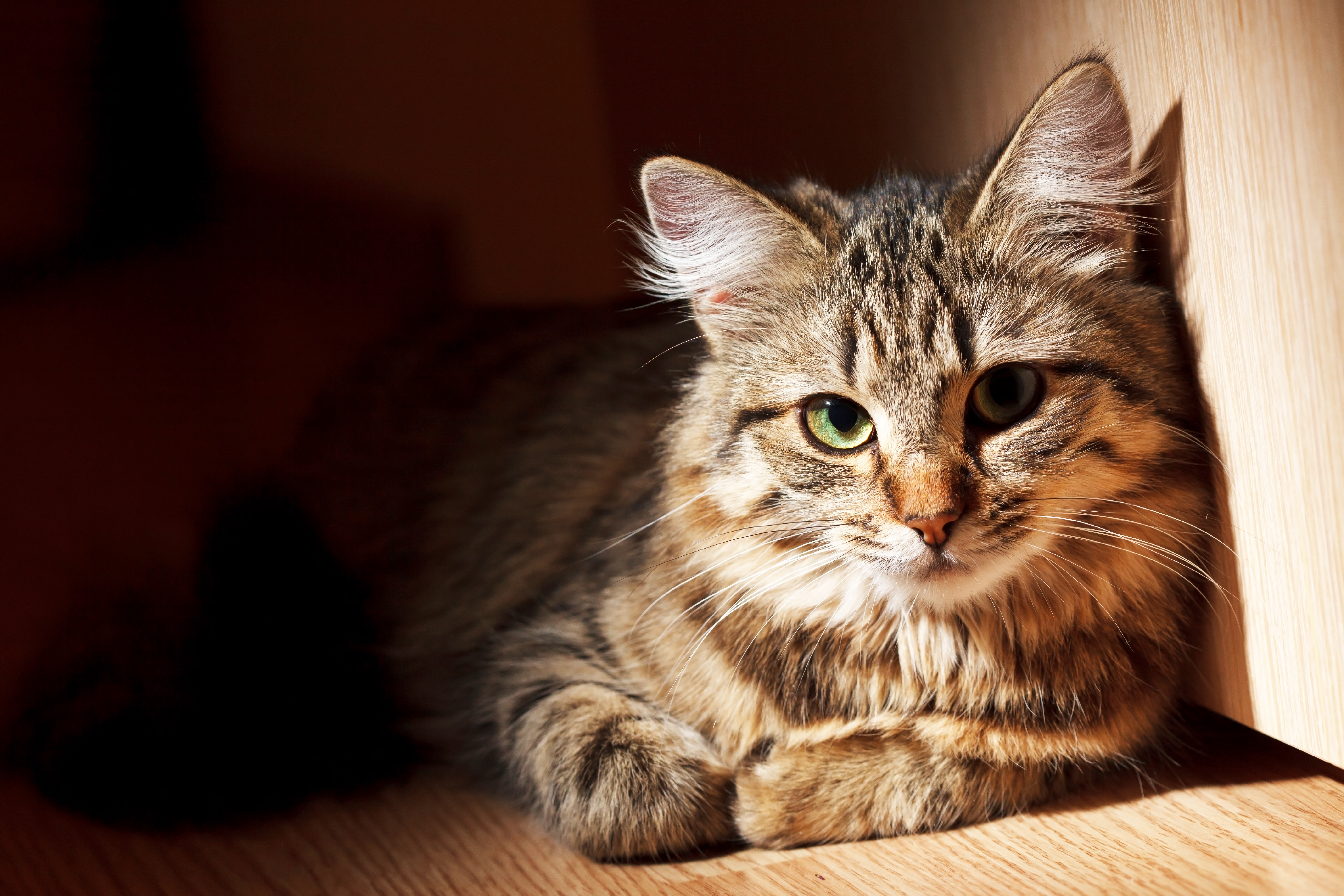Three cat quirks (finally!) decoded

Cats demonstrate fascinating behavioural traits that us humans often have a hard time wrapping our heads around. To better understand our feline friends, here are three common behaviours decoded.
1. Why don’t adult cats meow to each other?
Did you know that kittens only meow to communicate with their mothers? Once they’ve been weaned, however, the role of mother shifts from feline to human, who now becomes the sole recipient of a kitten’s soft meows. While males in situations of rivalry and females in heat do vocalize their intent, these sounds are quite different than the gentle meow of a housecat.
2. Why do cats circle your feet when you come home?
Sorry to break it to you, but cats that rub their heads against your ankles as you pass through the front door are acting from a place of authority rather than affection. It’s called olfactory marking, and here’s how it works: our feline friends possess a number of sebaceous glands, the majority of which are found on their heads and on the ends of their tails. These glands emit pheromones that have a familiar and reassuring scent. Because cats feel most comfortable when everything within their territory is marked with their own scent, they habitually rub against objects and humans as a means of transferring their odour and staking their claim.
3. Why do cats purposefully make things fall?
Do your cats drive you crazy every time they make one of your household items fall off a table — on purpose? Well, you’ll be surprised to know that they learnt this trick from none other than you — yes, you. Every time you drop something — a fork, for example — you pick it right back up. So, in hopes of attracting your attention and forcing you off the couch, your sneaky feline throws items on the floor!